THE PATH TO YOUR PLATE
Chickens are the most common bird on the planet. They are also frequently regarded as one of the world's most mistreated animals. Despite their ability to think and feel, about 70 billion chickens reared for food are exposed to some of the most inhumane living and killing circumstances imaginable each year. Chickens deserve better than this horrific violence in our broken food system. Together, we can raise awareness and call on the chicken industry to put an end to this cruelty. Take action today.
How are chickens killed in a slaughterhouse?
Live-shackle slaughter is the most popular technique of slaughtering chickens. An electrical water bath stuns the bird, and then a sharp blade slashes its throat. According to investigations, many birds are not adequately stunned when murdered, indicating that they feel the full force of their horrible end. Controlled Atmospheric Stunning (CAS) is becoming an increasingly common technique of killing in Europe. The birds are gassed into unconsciousness before being tied upside down, sliced by the necks, and scalded. CAS, as opposed to live-shackle slaughter, involves stunning birds before they are chained, removing the possibility that they may feel the pain and dread of murder while fully aware. For these reasons, CAS is a significantly more humane procedure that is far less stressful for birds.
On industrial farms, chickens suffer a brutal conclusion to their short and unnatural existence. Workers take the birds and chain them upside down by their feet after a difficult journey to the butcher locked in tiny cages. This is known as live-shackle slaughter. Many birds flap their wings in fright, sustaining fractured bones and other injuries as a result. The birds are moved down an automated line before being plunged into a pool of electrified water, which is designed to render them unconscious. However, the electrical charge is not always reliable for stunning animals, which means that many birds are slaughtered while fully alive. Soon later, a sharp blade cuts their throats, allowing them to bleed to death. Finally, the chickens' bodies are immersed in a cauldron of hot water to remove the feathers from their skin before being plucked altogether by a de-feathering machine. If a chicken is not sufficiently stunned or bled out before entering the scalding tank, she will die boiling alive.
Do chickens realize they will be slaughtered?
Chickens are highly sociable and emotional creatures. The scientific community agrees that the birds we eat can think and feel. Recent discoveries show that chickens are not the simpleton creatures we long assumed they were. We don't know if hens realize they're going to be murdered, but we know they're scared and in agony while they're tied upside down and surrounded by the stench of death. According to Scientific American: "Scientists have learned that this bird can be deceptive and cunning, that it possesses communication skills on par with those of some primates, and that it uses sophisticated signals to convey its intentions. When making decisions, the chicken takes into account its own prior experience and knowledge surrounding the situation. It can solve complex problems and empathize with individuals that are in danger."
Are chickens slaughtered while conscious?
Slaughterhouses seek to shock birds with an electric water bath before their untimely death, however, this technology does not always operate as intended. Many birds are not sufficiently stunned and endure the agony of murder while still aware. New data shows that the poultry industry's stunning approach does not reliably put birds unconscious. Waterbaths with lower electrical frequencies are more successful in stunning birds, but can occasionally result in damaged carcasses that are unfit for saleable meat, according to researchers. During the stunning process, these lower-frequency shocks can cause spasms that result in shattered limbs and damaged blood vessels, lowering the bird's economic worth to the industry. Despite these injuries, researchers believe that lower-frequency water baths minimize overall bird suffering throughout the slaughter process because they are more likely to properly shock the birds. However, owing to worries about meat quality, the majority of slaughterhouses continue to use less effective stunning procedures. Because the poultry business prioritizes profit over compassion, numerous birds killed for their meat die in agony while still awake.
What is life like for chickens on a factory farm?
According to estimates, 99% of all birds produced for food spend their lives in industrial farms. Every day of their short lives, broiler chickens—the industry term for birds reared for meat—suffer through horrible living circumstances. The great majority of chickens reared for human consumption are hatched in industrial hatcheries, which are filled with bright lights and equipment. The business separates unhatched chicks from mother hens long before they are born, so most newborn birds never meet their mothers. These birds are crammed into tiny containers and transported to industrial farms shortly after hatching.
Overcrowding causes significant stress in the hens once they arrive at the industrial farm. Hundreds of thousands of birds are sometimes maintained in a single shed. The birds live in unclean conditions, surrounded by their excrement. These filthy, overcrowded settings are renowned for developing and transmitting zoonotic diseases like avian flu, which endangers both people and chickens. To maximize earnings, the meat business develops chickens to grow at an unusual pace. This rapid development is frequently associated with unpleasant health issues such as bone abnormalities, skin burns, foot pad sores, and heart attacks. These birds have been trained to develop so quickly that their legs frequently lack the power to support their massive bodies. Some people find it difficult to walk or stand. Most chickens are slaughtered when they are less than two months old. Regardless of their size, they are still babies at the moment of their death.




